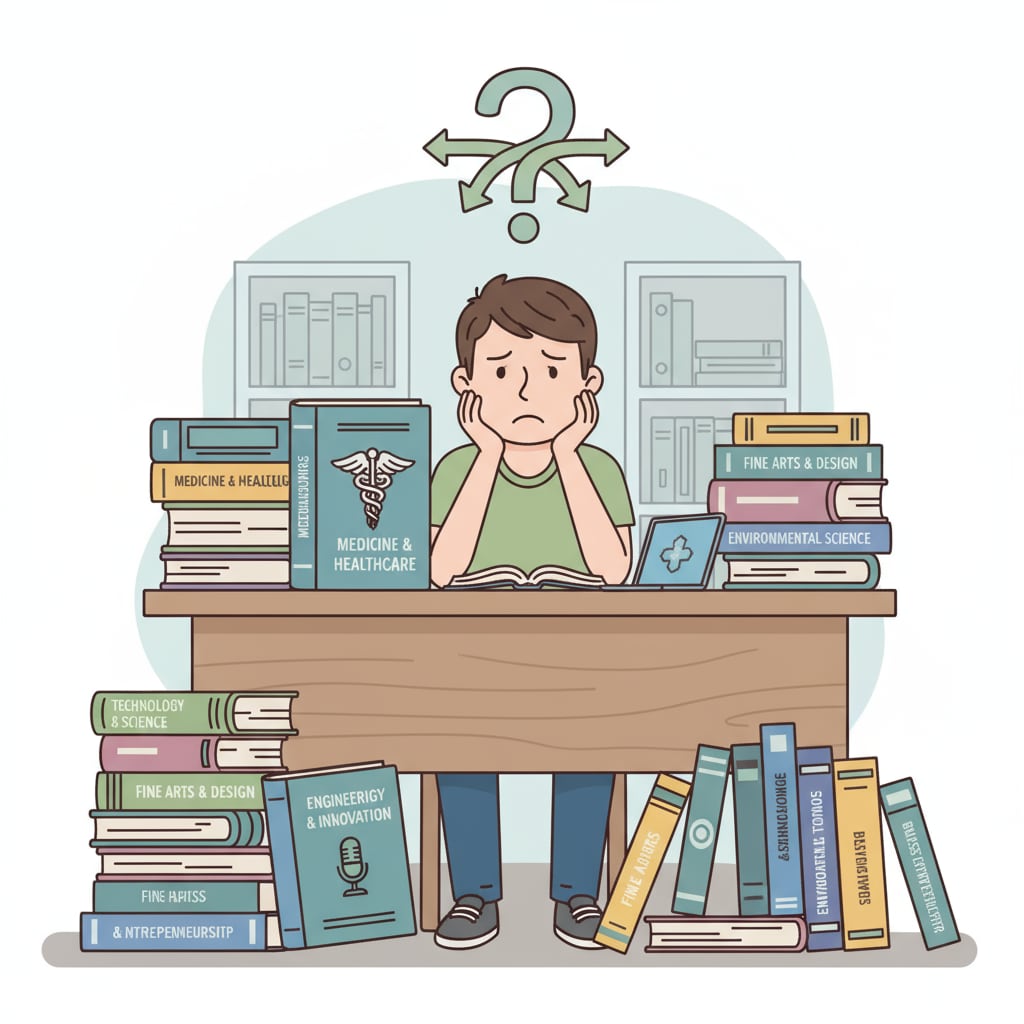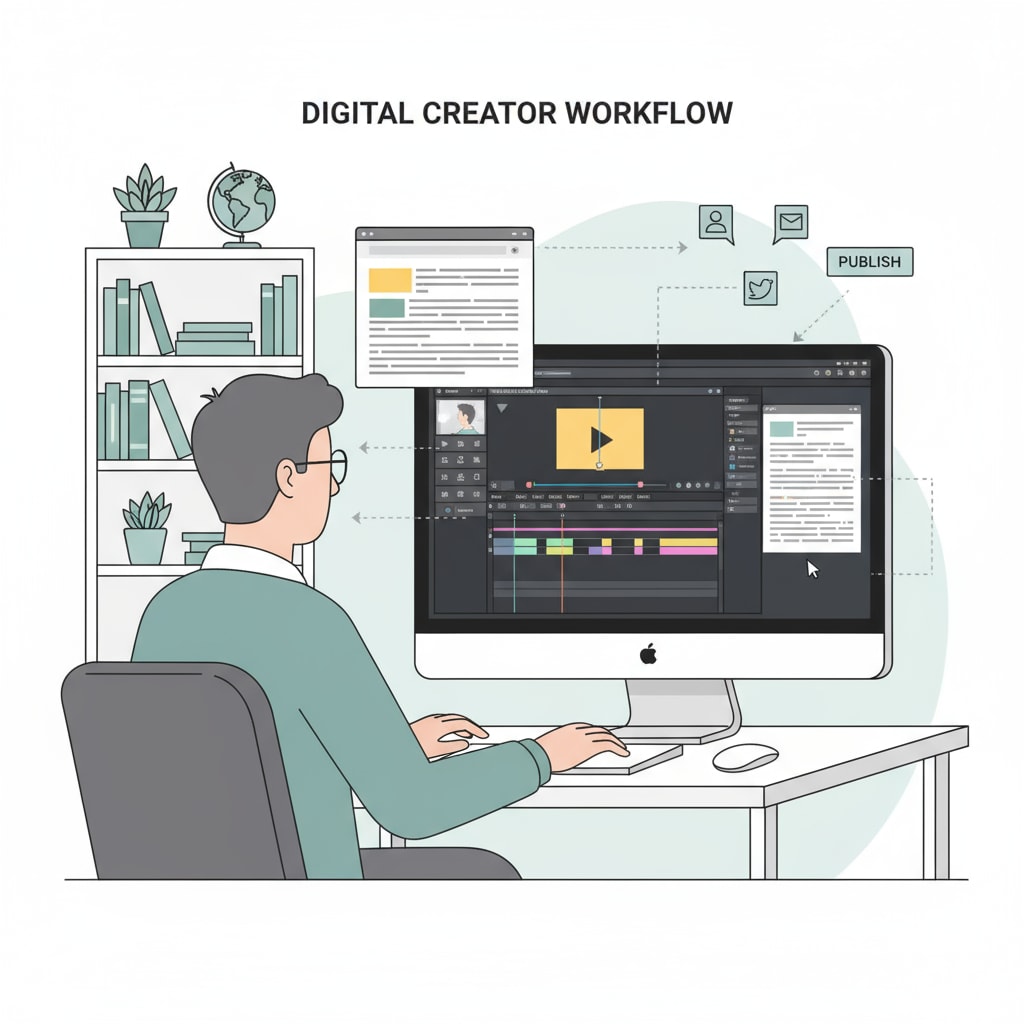Career planning is a crucial aspect of one’s life, and for some, it involves unexpected twists and turns, like moving from a path in physical therapy to pursuing content creation. In today’s complex world, students often face a maze of choices when it comes to their future careers. Let’s take a look at a real-life example to understand these challenges better.

The Unusual Career Shift
Meet John, who was initially on track to become a physical therapist. He had invested years in earning a medical degree, believing it was the path to a stable and fulfilling career. However, as time went on, he discovered a passion for content creation. This shift was not without its difficulties. John found himself in a state of confusion, not knowing how to make this transition smoothly. He had spent so much time and effort in the medical field that stepping into the unknown world of content creation felt like a huge risk.

The Flaws in K12 Education’s Career Guidance
K12 education systems around the world are facing criticism when it comes to career planning. According to Britannica’s Education section, many schools focus primarily on academic subjects and often neglect to provide in-depth career exploration opportunities. As a result, students like John are left to figure out their career paths on their own. There is a lack of exposure to various industries, and students are not given enough tools to understand their own interests and skills in relation to different careers.
The Need for Enhanced Career Exploration
In addition to the traditional curriculum, schools should incorporate more hands-on career exploration activities. For example, organizing internships, job shadowing, or guest lectures from professionals in different fields. This would give students a taste of what various careers are like. By doing so, students can start to develop a better understanding of their interests and whether a particular career path, such as physical therapy or content creation, is right for them.
Mental Health and Career Decisions
Making a major career shift, like moving from a medical career to content creation, can take a toll on one’s mental health. Students need to be equipped with the mental resilience to handle such transitions. Schools should strengthen their mental health education programs. This includes teaching students coping mechanisms, stress management techniques, and how to deal with self-doubt during the career decision-making process.
To conclude, as we can see from John’s example of moving from a potential career in physical therapy to content creation, K12 education has a long way to go in helping students make informed career choices. By enhancing career exploration, focusing on mental health education, and promoting a more diverse view of success, we can better prepare students for the complex career landscapes they will face. Career planning is not just about choosing a job; it’s about finding a path that brings fulfillment and success.
Readability guidance: This article uses short paragraphs and lists to summarize key points. Each H2 section provides relevant information in an organized way. The use of passive语态 is minimized, and transition words are added throughout to enhance the flow of the article.


